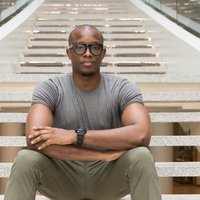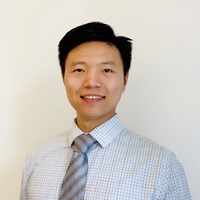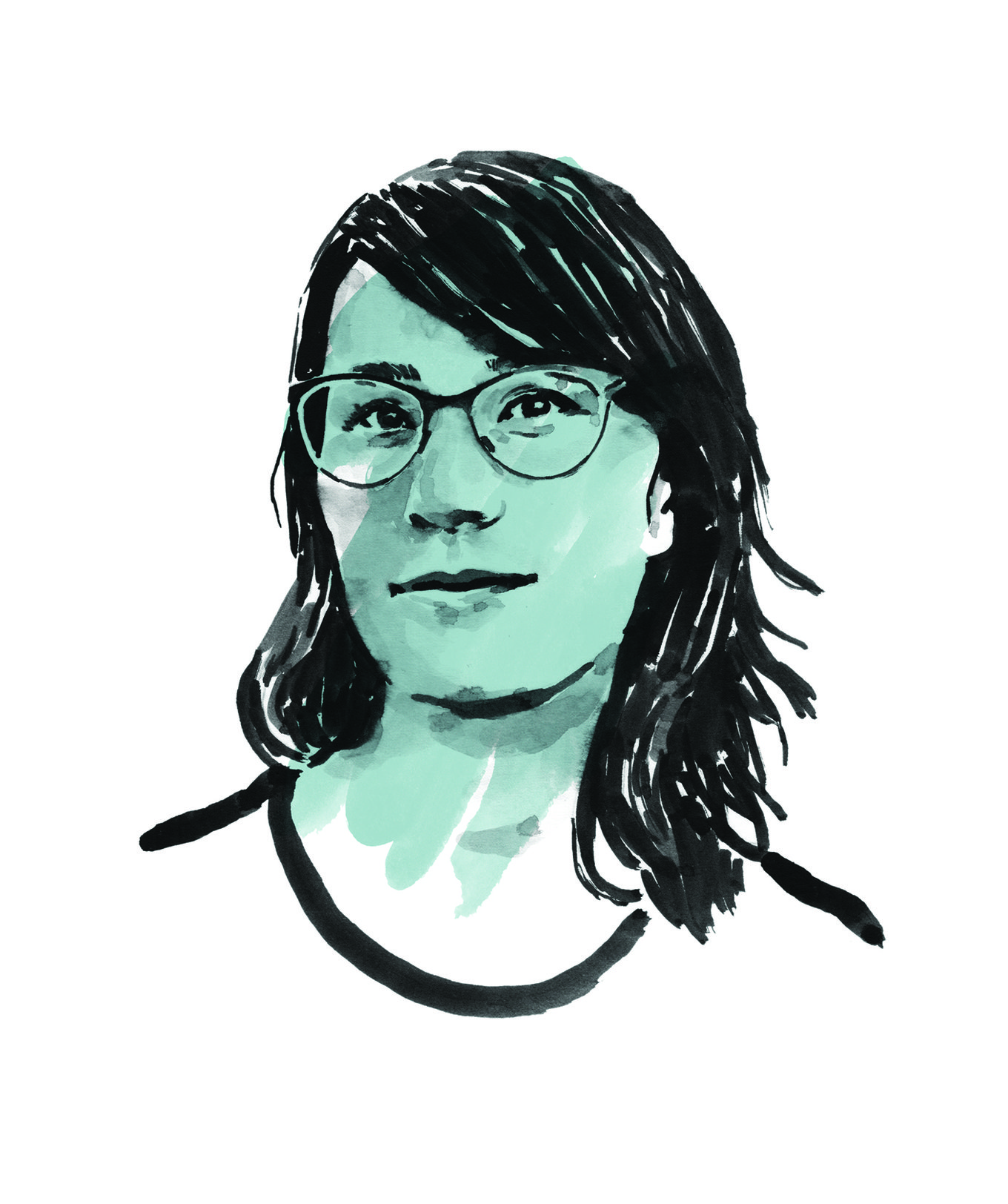Computer & electronics hardware
Nadya Peek
She builds novel modular machines that can do just about anything you can imagine.

MENA
Ayoola Brimmo
The Cycled Self Sorting SmartBin uses artificial intelligence to detect and sort recyclables out of the general waste stream, right at the point of disposal

China
Liqiang Nie
Explicitly defining multi-modal relationship, optimizing the algorithms of micro-video recommendation

Asia Pacific
Bolei Zhou
Making AI models more understandable and trustworthy to humans

China
Jingyi Jessica Li
Improving the scientificity and transparency of data analysis
